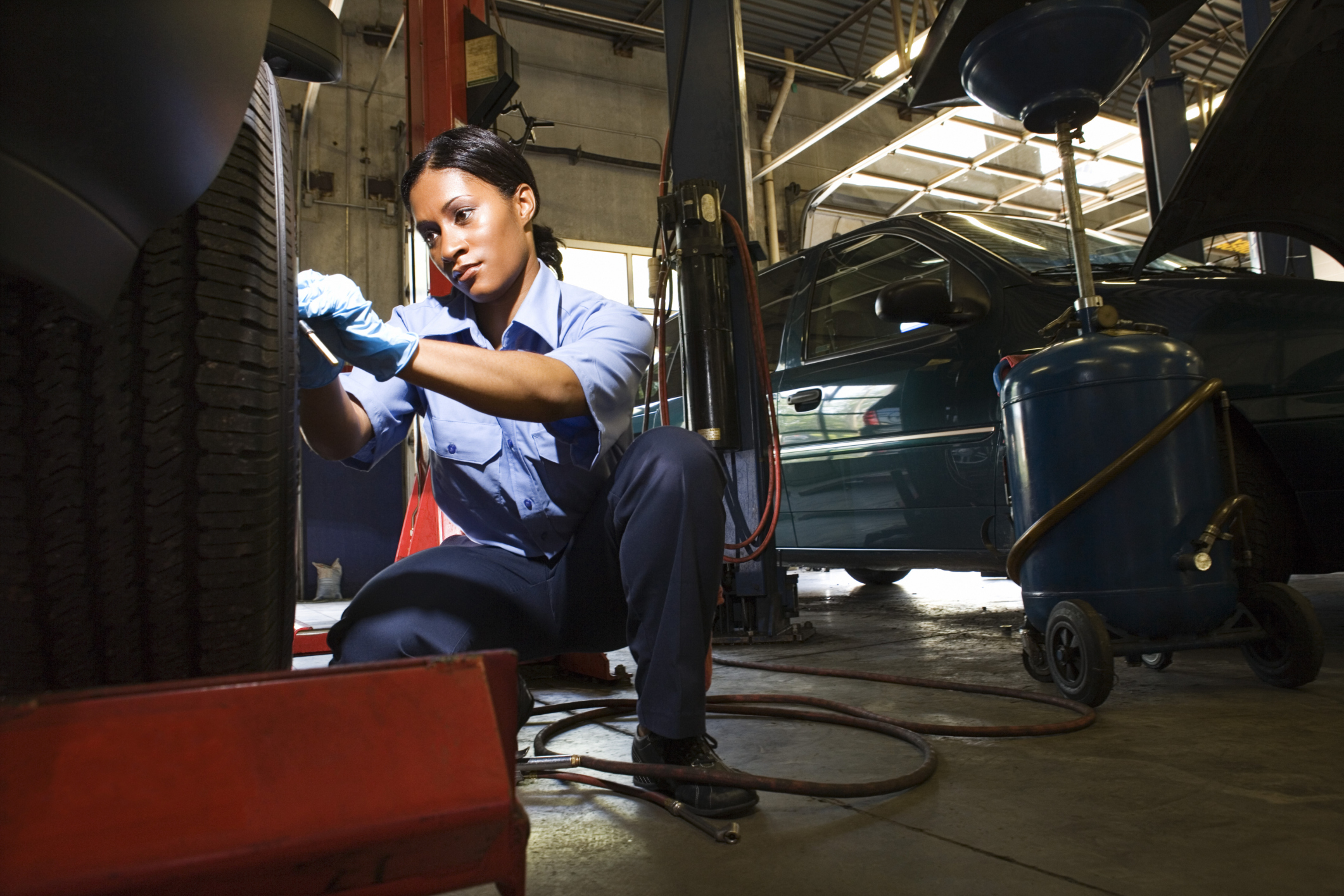Regularly checking your car’s fluids and tire pressure might seem like pretty basic maintenance, but you may not do it often enough. Sometimes you get too busy with other things, or maybe you weren’t shown how to do it properly.
I can’t do anything about your hectic schedule, but I can show you how to tackle these fundamental maintenance tasks. Not only these tasks, but knowing the maintenance of other tasks like checking brakes, lights, keeping a track of the condition of the serpentine belt, etc., would sure come in handy one day! Knowing how to perform these tasks can keep your car cruising down the highway and help you avoid repair bills down the road. Maintaining proper air pressure in your tires will ensure that you get good gas mileage, too! Knowing how to perform them can keep your car cruising down the highway and help you avoid big repair bills down the road. Also, maintaining proper air pressure in your tires will ensure that you get good gas mileage, too!
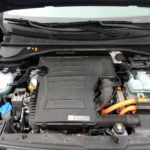 Underhood checks: Since the mid-2000s, most engine bays have turned into a sea of plastic covers that prevent you from seeing the actual engine. That’s not a bad thing, though. These covers protect the electric components and offer insulation from heat and noise. Don’t let all this plastic intimidate you! Most manufactures color-code their engine bays so we know where to check our fluids. The engine bay you see here has everything we can check marked with yellow tags.
Underhood checks: Since the mid-2000s, most engine bays have turned into a sea of plastic covers that prevent you from seeing the actual engine. That’s not a bad thing, though. These covers protect the electric components and offer insulation from heat and noise. Don’t let all this plastic intimidate you! Most manufactures color-code their engine bays so we know where to check our fluids. The engine bay you see here has everything we can check marked with yellow tags.
To check fluids accurately, make sure that your car is parked on level ground. Also, make sure to wipe dipsticks clean before you check levels. (You probably already knew that, didn’t you?) Here are a few other things to keep in mind:
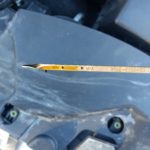 * Most fluids like engine oil, coolant, and power steering fluid are perfectly fine if they’re between their minimum and maximum levels. (FYI, it’s normal for some cars to use around one liter of oil between changes.)
* Most fluids like engine oil, coolant, and power steering fluid are perfectly fine if they’re between their minimum and maximum levels. (FYI, it’s normal for some cars to use around one liter of oil between changes.)
* To check transmission fluid you might need to have the engine running, so be careful.
* Brake fluid is the oddball fluid to check. You should never take the cap off the brake fluid reservoir. Brake fluid is hygroscopic, meaning that it absorbs moisture, and moisture is the enemy of brake fluid. If the fluid is low in the reservoir that’s normally a sign that you’re due for brake work or that there’s a leak.
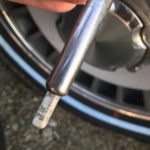
Tire pressures To check the air pressure in your tires, you’ll need to purchase a proper gauge. (Don’t worry, they’re not expensive.) With that in hand, simply remove the dust cap on your tire’s valve stem and firmly press the gauge against the end of the stem. Digital gauges will show the pressure reading on a screen, while old-school gauges usually have a white stick that pops out from the opposite end, revealing the air pressure. Pressure is measured in pounds-per-square-inch, or PSI.
Now, you can compare your reading to what the manufacturer of your car recommends. That information is usually found on a sticker on the driver’s door jamb or in the owners manual. It’s very important to follow the automaker’s recommendation and not the maximum PSI labelled on the side of the tire.
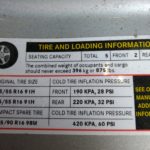 One other thing to note: don’t test your tires immediately after driving. Let your car sit a few hours, or even overnight. When a tire is hot, the air in the tire will have expanded slightly, giving you a higher-than-accurate pressure reading. Nitrogen-inflated tires may not fluctuate much or at all, but it’s still best to test them at a cold temperature. Nitrogen-filled tires can be identified by a green valve stem cap.
One other thing to note: don’t test your tires immediately after driving. Let your car sit a few hours, or even overnight. When a tire is hot, the air in the tire will have expanded slightly, giving you a higher-than-accurate pressure reading. Nitrogen-inflated tires may not fluctuate much or at all, but it’s still best to test them at a cold temperature. Nitrogen-filled tires can be identified by a green valve stem cap.
Phew! That wasn’t so hard, right? Checking your own fluids and tire pressure is an easy way to get to know your vehicle. I suggest doing these checks about once a month. The couple of minutes you spend under the hood or crouched by your tires can save your from driving on a flat or hurting your engine by running it low on oil. Check your car with confidence, and keep it running in tip top shape!
